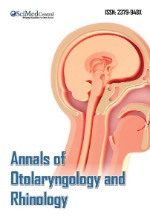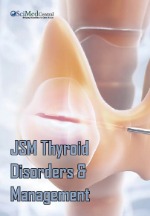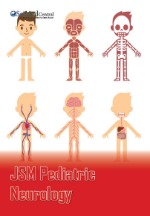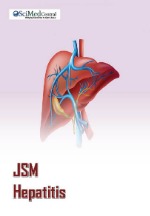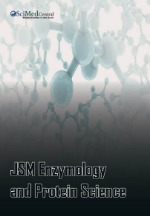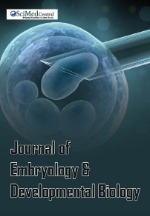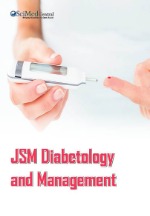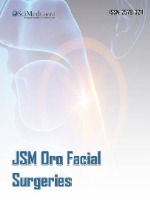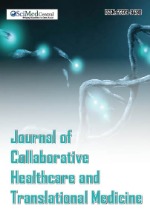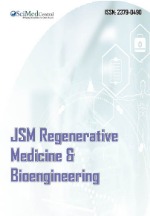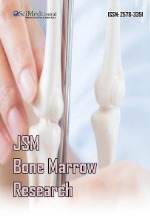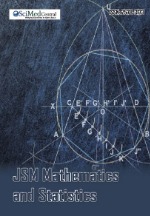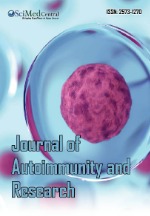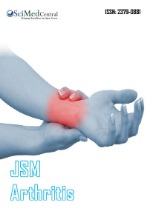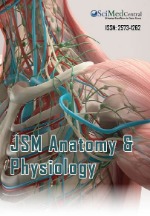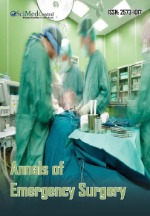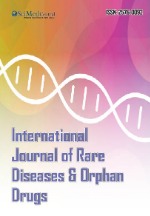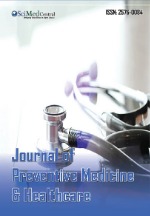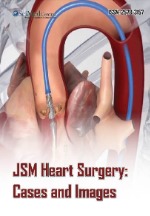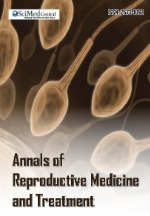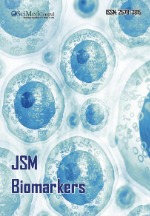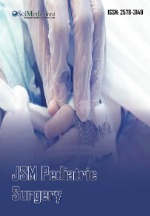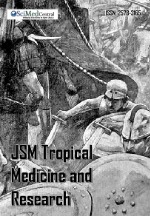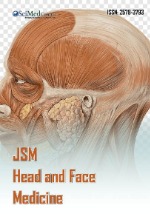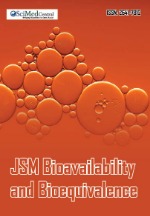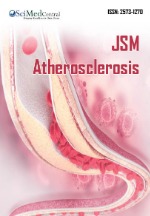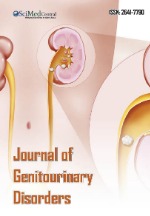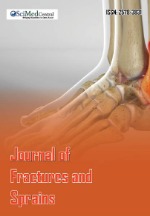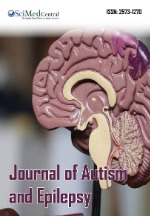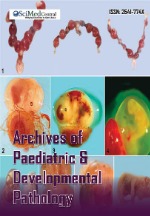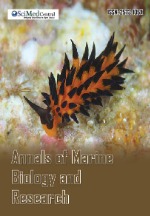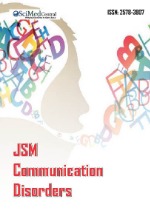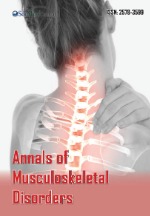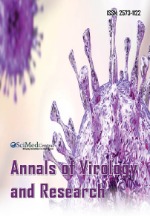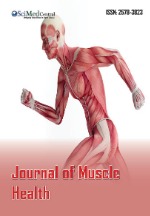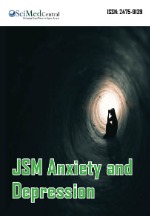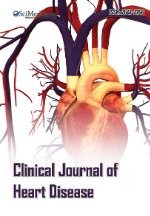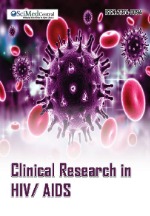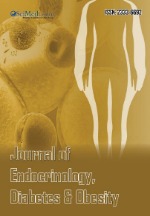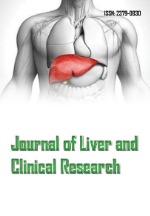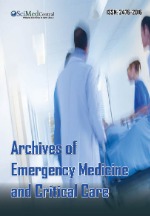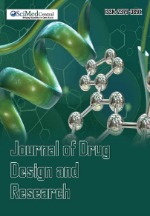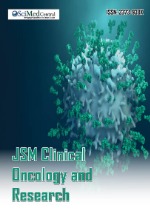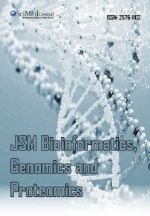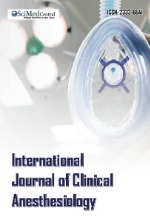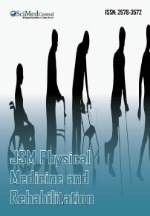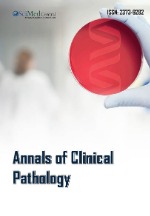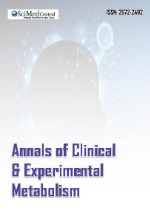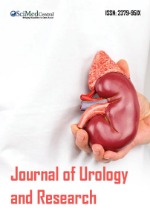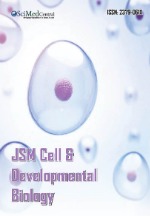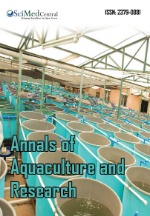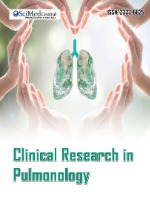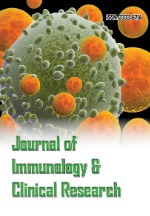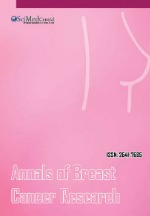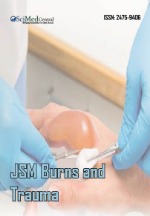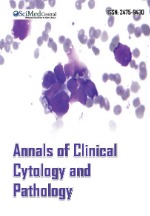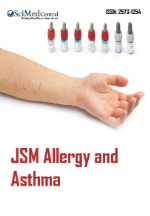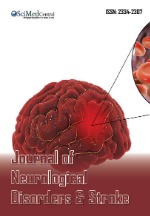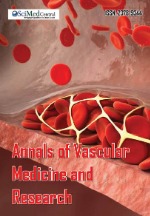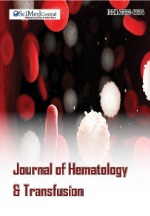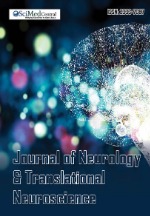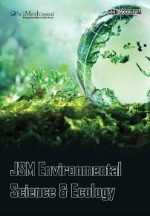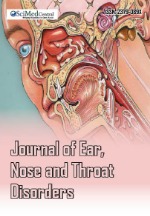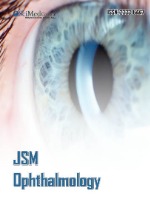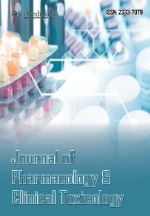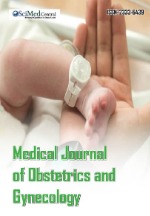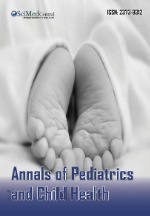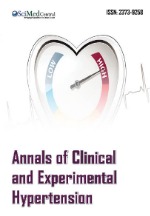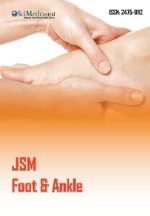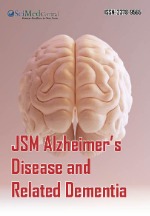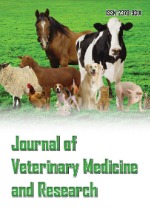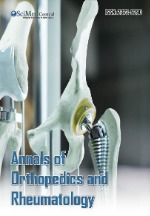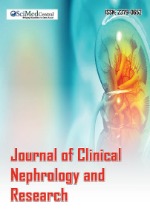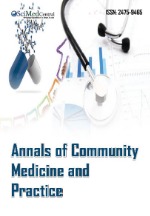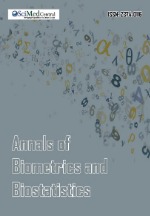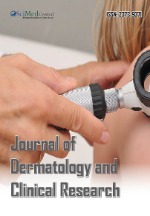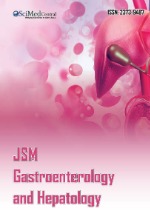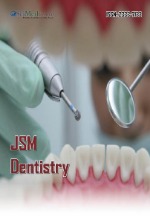Role of Adjuvant Sorafenib in Preventing Recurrent Hepatocellular Carcinoma in High Risk Liver Transplantation
- 1. University of South Florida Muma College of Business, USA
- 2. Tampa General Medical Group, Tampa, USA
- 3. Department of Surgery, University of South Florida Morsani College of Medicine, USA
- 4. Department of Transplantation Surgery, Tampa General Hospital, USA
- 5. Office of Clinical Research, Tampa General Hospital, USA
- 6. Liver Transplantation, Tampa General Hospital, USA
Abstract
Aim: To determine the applicability, tolerability, and efficacy of sorafenib in preventing recurrent hepatocellular carcinoma (HCC) in high risk post liver transplant (LTx) patients.
Methods: Twelve high risk LTx patients from 2011 to 2014 were reviewed. Sorafenib was started within 2 months if there was a presence of microvascular invasion (MVI), beyond Milan Criteria, or AFP>100. Doses were escalated from initial to 400 mg/dl. A control group of 14 patients with similar tumor characteristics that did not receive adjuvant sorafenib post LTx were utilized.
Results: In the case group, 75% were male, average BMI was 31, and 66% had bilobar tumors. Pathologic staging revealed an average of 2 tumors, total tumor burden 5.1 cm, 75% either stage B or C (BCLC staging), and MVI in 42%. AFP was > 100 in 17%. Average dose was 265 mg in all patients but 300 mg in those that tolerated treatment. Five patients (42%) received therapy for less than 50 days. Adverse events included hand foot syndrome, flushing, anxiety, nausea, diarrhea, hypertension, neutropenia, arthralgia and abdominal pain. No recurrences were observed in the treatment. Eleven (92%) patients are alive, all without recurrence.
Conclusion: This preliminary study of adjuvant sorafenib use in post LTx revealed that 68% of targeted patients received adequate treatment at tolerable doses of 300 mg daily. Recurrences were not observed in this high risk group, however the duration of follow up was short. The study gives insight to the current multicenter sorafenib adjuvant post LTx trial.
Keywords
• Sorafenib
• Liver transplantation
• Recurrence
Citation
Alsina A, Franco E, Athienitis A, Nakshabandi A, Albers C, Kemmer N, et al. (2016) Role of Adjuvant Sorafenib in Preventing Recurrent Hepatocellular Carcinoma in High Risk Liver Transplantation. JSM Clin Oncol Res 4(1): 1049.
INTRODUCTION
The rate of occurrence of hepatocellular carcinoma (HCC) has tripled over the last three decades and has now become the third leading cause of cancer related mortality around the world [1]. Liver transplantation (LTx) remains the most curative therapy for unresectable, early or intermediate stage HCC [2-7]. LTx for HCC recently has had wider application with tumor down staging protocols and excessive prioritization [8-15]. Despite this, HCC mitigates against improvements in post LTx survival. Improving survival in HCC LTx is of utmost importance, considering the high proportion of LTx that are currently being conducted. Recently, cure for Hepatitis C in HCC patients have been achieved through direct acting antivirals and are beginning to make an impact post LTx [16]. The prevention of HCC recurrence could further positively impact long-term survival post LTx. This study describes our attempts to reduce HCC recurrences.
Sorafenib (Nexavar, Bayer Corp, New Jersey, USA) is a protein multi kinase inhibitor approved for patients with unresectable HCC and functions by inhibiting multiple cell growth pathways, particularly the VEGF and RAF/MEK/ERK pathways, preventing angiogenesis, further tumor growth, and proliferation [17].The SHARP trial established sorafenib as the first and only first line therapy for HCC [18]. Although previous studies have shown promise with the use of sorafenib following LTx, more evidence is required to definitively conclude if sorafenib provides noticeable benefits.
A pilot study from our institution recently demonstrated that sorafenib can prolong survival in patients with recurrent HCC [19]. However, the outcome of these patients is ultimately fatal. To reduce recurrences, strategies in patients with high risk characteristics of tumor recurrence (bilobar tumors, high protein-induced by vitamin K absence/antagonist-ll (PIVKA) and alpha fetoprotein (AFP) levels, elevated AFP after failed locoregional therapy, and microvascular invasion) have been employed [20]. These can be pre-transplant characteristics or those found at pathologic staging.
Conducting studies on patients at risk for recurrence is difficult as tolerability, benefits, and efficacy of this drug are unknown. Since few studies have evaluated the use of sorafenib as adjuvant therapy for this patient population, we decided to conduct this study to evaluate the efficacy and safety of sorafenib treatment, in regards to dosage and associated adverse events in preventing HCC recurrence in high-risk post LTx patients.This strategy for using adjuvant therapy remains largely unproven. Experimentally, in an allogeneic rat LTx model, sorafenib adjuvant therapy after LTx significantly inhibited HCC recurrence and metastasis, and substantially improved overall survival21. Human studies conducted so far have limitations due to very small number of patients and remain inconclusive. Considering a low number of patients at risk for recurrence, low recurrence rates, and difficulties with implementing the adjuvant strategy, which are elaborated subsequently, we conducted a preliminary retrospective cohort study that needs further corroboration with a multicenter trial. We hypothesized that adjuvant sorafenib therapy could reduce HCC recurrences in high-risk patients after liver transplantation.
METHODS
A preliminary retrospective cohort study was conducted at Tampa General Hospital. The review included 12 high-risk LTx HCC patients from February 2011 to March 2014 from a total of 54 HCC LTx performed during this time period. High risk criteria included: at least one or a combination of the following characteristics: bilobar tumors, stage B or downstaging patients, pathologic stage B or C, presence of microvascular invasion, or an AFP level > 100. Barcelona Clinic Liver Cancer (BCLC) staging was utilized. All patients received sorafenib as adjuvant therapy for recurrent HCC. None of the patients exhibited recurrence at the start of therapy, nor complications during the first two months. The dose of Sorafenib was escalated from 200 mg a day to a maximum tolerated dose not exceeding 800 mg daily.
A control group of 14 liver LTx recipients considered at high risk for HCC recurrence, with similar tumor characteristics was used in a non-randomized, comparative fashion. This group did not receive sorafenib as adjuvant therapy. There were several reasons: too ill post-transplant, complications, refused, or not offered.
All transplants were performed from deceased donors, in orthotopic fashion. Immunosuppression consisted of tacrolimus-based therapy in 90%, and cyclosporine based in 10%, with or without the addition of mycophenolate mofetil. A single post LTx nurse coordinator and a transplant surgical team managed all patients, and their sorafenib adjuvant therapy, for their entire post-transplant course of treatment. Mammalian target of rapamicin (mTOR) inhibitor- based immunosuppression was not used. After excluding patients with autoimmune liver disease, all patients were weaned off prednisone between 3 and 6 months.
Statistical analyses were performed using Sigma Stat statistical software (Jandel Corp., San Jose, California). Data were expressed as mean ± SD as appropriate. Likelihood Ratio Chi-Square and Mantel-Haenszel Chi-Square were employed to detect relationship between the therapy and survival as well as the therapy and recurrence.
RESULTS
Twelve high risk patients who received sorafenib were eligible for inclusion criteria. Patient characteristics of the adjuvant group included: 9 (75%) males, 3 (25%) females, 7 (58%) white, 1 (8%) black and 3 (25%) Hispanic; 66% were either retired or disabled, 5 (42%) had hepatitis C, and average BMI was 31. Nine patients were treated with trans-arterial chemoembolization prior to LTx. Tumor characteristics are displayed in Tables (1-4),
Table 1: Tumor Characteristics of Patients on Adjuvant Therapy.
| Bilobar HCC | 8 (66.6%) |
| Avg. Tumor Size (Rad) | 2.9 cm |
| Avg. Tumor number (Rad) | 1.3 |
| Avg. Total Burden (Rad) | 3.6 |
| Radiologic Staging | A: 9(75%); B: 3(25%) |
| Avg. Tumor Size (Path) | 3.3 cm |
| Avg. Tumor number (Path) | 2 |
| Avg. Total Burden (Path) | 5.1 |
| Path Stage | A: 3(25%); B: 4 (33%); C:5(42%) |
| Microvascular Invasion | 5 (42%) |
| Highest AFP | >100, 2 (16.6%) |
Table 2: Tumor Characteristics of the Control Group without Adjuvant Therapy.
| Bilobar HCC | 6 (43%) |
| Avg. Tumor Size (Rad) | 2.4 cm |
| Avg. Tumor number (Rad) | 2 |
| Avg. Total Burden (Rad) | 4.9 cm |
| Radiologic Staging | 0: 2 (14%); A: 10 (72%); B: 2 (14%) |
| Avg. Tumor Size (Path) | 3.0 cm |
| Avg. Tumor number (Path) | 2.4 |
| Avg. Total Burden (Path) | 6.4 |
| Path Stage | A: 12 (86%); B: 14 (14%) |
| Microvascular Invasion | 2 (14%) |
| Highest AFP | >100, 5 (36%) |
Table 3: Recurrence by therapy group.
| Group | No Recurrence | Recurrence | Total |
| control | 4 | 14 | 18 |
| study | 0 | 12 | 12 |
| Total | 4 | 26 |
30 |
Table 4: Survival.
| Alive | Deceased | Total | |
| control | 2 | 12 | 14 |
| study | 11 | 1 | 12 |
| Total | 13 | 13 | 26 |
| Statistic | DF | Value | P-value |
| Chi-Square | 1 | 15.4762 | <.0001 |
| Likelihood Ratio Chi-Square | 1 | 17.6763 | <.0001 |
| Continuity Adj. Chi-Square | 1 | 12.5357 | 0.0004 |
| Mantel-Haenszel Chi-Square | 1 | 14.881 | 0.0001 |
| Phi Coefficient | -0.7715 | ||
| Contingency Coefficient | 0.6108 | ||
| Cramer's V | -0.7715 |
including radiologic and pathologic staging. Nine (75%) patients had pathologic stage B or C disease, five (42%) had micro vascular invasion and only two (17%) had peak AFP levels > 100 pg/mL.
Sorafenib doses averaged 265 mg/day in all patients and 300 mg/day in the 8 patients that were able to sustain the treatment. Five (42%) did not achieve any meaningful duration of treatment (less than 50 days) due to a combination of adverse events or complications post LTx. Average duration for all patients was 262 days. Four (33%) of patients were still on treatment. Adverse events included hand foot syndrome, flushing, anxiety, nausea, diarrhea, hypertension, neutropenia, arthralgia and abdominal pain. Two of the five HCV patients had documented HCV recurrence and acute rejection, leading to discontinuation of sorafenib.
No cancer recurrences were observed in the adjuvant group after an average follow up of 21 months. Eleven (92%) patients were alive, all without recurrence till the completion of this study. One patient died of colon cancer without HCC recurrence. Four of the fourteen (28%) patients in the control group had recurrence within two years post LTx.
DISCUSSION
This is a preliminary retrospective cohort study demonstrating that a fraction of patients at high risk for recurrent HCC could have reduced recurrence rates if given sorafenib in an adjuvant fashion. This strategy is proven in experimental models [21] however data is scarce in clinical studies. In our study, patients were selected utilizing their high risk criteria and ideally sorafenib was started within two months’ post LTx. The drug dosage was carefully escalated for tolerability. Because HCC recurrence in LTx is one of the critical barriers in improving LTx outcomes, and recurrences have not been reduced, we felt that it was imperative to publish this preliminary data, as it will take several years before completion of multicenter trials.
This retrospective study of 12 patients considered high risk for post LTx HCC recurrence were followed for a median follow up of 21 months.Nine (75%) patients had either pathologic stage B or C disease, five (42%) had micro-vascular invasion, and two (17%) had peak AFP levels > 100 pg/mL. Sorafenib dose averaged 300 mg/day in the 8 patients that were able to sustain the treatment. Five (42%) did not achieve any meaningful duration of treatment (less than 50 days) due to a combination of adverse events or complications post LTx. No cancer recurrences were observed after an average follow up of 21 months. Eleven (92%) patients were alive at the end of follow up. In contrast, the control group of patients who were not placed on adjuvant therapy revealed a 28% HCC recurrence rate (Likelihood Ratio P-value = 0.034).
In 2007, the SHARP trial demonstrated the efficacy of sorafenib in patients with advanced unresectable HCC with no prior systemic therapies by increasing overall survival [18]. Alternate studies have followed the SHARP trial in evaluating the effectiveness of sorafenib as a preventative agent to those at higher risk for recurrence as well as a treatment option to extend survival for those with recurrence [22,23]. Shetty et al., conducted a prospective study evaluating the use of sorafenib as a preventative agent for the recurrence of HCC in post LTx patients [24]. Only 7 patients received the adjuvant therapy, 2 of which recurred. These were compared to a historical control group where 9 of 12 suffered recurrence, and all were fatal. In 2013, to imitate clinical LTx for HCC, an allogeneic rat LTx model from Lewis rats transplanted into ACI rats was established. This study found that sorafenib adjuvant therapy after LTx significantly inhibited HCC recurrence and metastasis and substantially improved overall survival [21].
Patients with a tumor burden exceeding the Milan criteria had excellent post LTx survival if their serum AFP level was 0 to 15 ng/mL (adjusted hazard ratio (AHR) =0.97. In contrast, those within the Milan Criteria had poor survival if their serum AFP level was ≥ 16 ng/mL (AHR=1.93). For all patients, AFP levels of 16ng/mL or higher also had increased hazard of death (AHR 1.38). Lowering the AFP threshold for selecting adjuvant therapy in the future would ensure greater impact in preventing recurrences. Multicenter trials, such as the UCLA, phase II trial utilizing sorafenib as adjuvant therapy in high risk cases for recurrence (Bayer Onc 2010-31), should provide solid data regarding effectiveness of adjuvant therapy. Our study gives crucial insight to this current multicenter trial, particularly with respect to how applicable the therapy is.
Limitations of our study include its retrospective design, single center, low number of patients and the follow up duration, which ideally should be about 3 years post LTx. This would capture the majority of recurrences. It is also important not to underestimate recurrences if patients die early of other causes. However, this only occurred once in our study. Finally, obesity has been associated with a worse prognosis from HCC, including earlier recurrence post LTx [25,26]. The majority of the patients in this study were considered obese, with average BMI of 31. This aspect may need to be incorporated into future risk factors.
CONCLUSION
This study of adjuvant sorafenib post LTx revealed that 68% of targeted patients received adequate treatment at tolerable doses of 300 mg daily. Approximately one third of the patients that could benefit from this strategy are either too ill post-transplant, have developed early complications, or refused due to expected serious adverse events. Even at reduced dosing, applicability was only modest. Recurrences were not observed in this high risk group, although a longer follow up period of observation is needed. The study gives some insight to current and future multicenter trials of sorafenib post liver transplantation. The unpredictability of recurrences in post LTx for HCC continues to remain a detriment to improving survival. The overall impact of this strategy on future outcomes of LTx for HCC in our program is still unknown. Future trials with large number of patients and longer follow up duration are needed to further validate this observation.
ACKNOWLEDGMENTS
Contributions
Alsina A-conception and design, final approval of the article; Franco E-critical revision of the article for important intellectual content; Athienitis A- analysis and interpretation of the data; Nakshabandi A- drafting of the article, critical revision of the article for important intellectual content; Albers C- critical revision of the article for important intellectual content; Kemmer N- critical revision of the article for important intellectual content; Shim J-drafting of the article; Allison J-drafting of the article; Claudio R-drafting of the article; Johnstone M-drafting of the article; DesRosiers M-drafting of the article.


